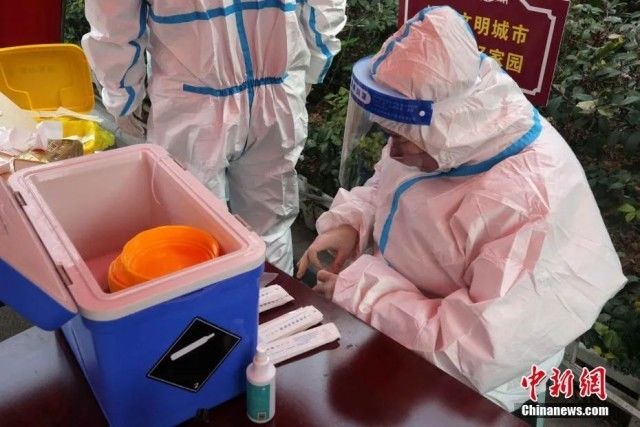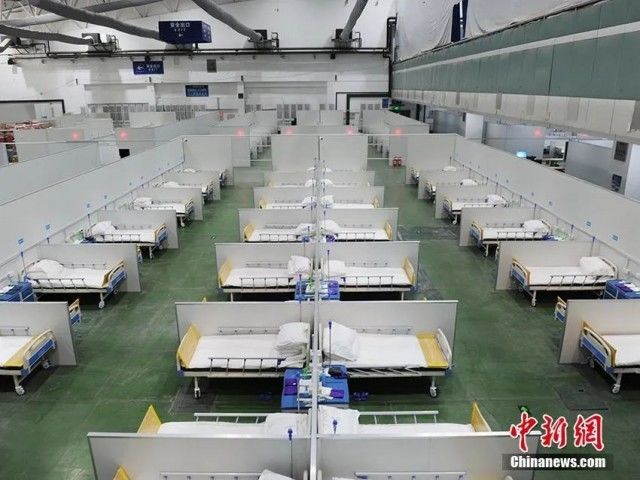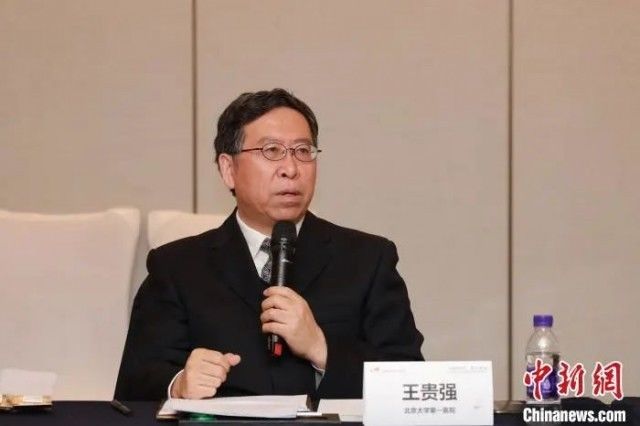The “Notice on Printing and Distributing the Novel Coronavirus Pneumonia Diagnosis and Treatment Plan (Ninth Trial Version)” was announced on the 15th.

Data map: Nucleic acid testing personnel at work. Photo by Hu Yaojie
The key revisions are as follows:
①Optimize case discovery and reporting procedures.
②The cases were classified and treated. According to the opinions reflected in various places such as “patients with Omicron variant strains are mainly asymptomatic infections and mild cases, most of them do not require excessive treatment, and all admission to designated hospitals will take up a lot of medical resources”, etc., the classification of cases has been further improved. Treatment measures:
1. Mild cases are subject to centralized isolation management, and relevant centralized isolation places cannot isolate inbound personnel, close contacts and other groups at the same time. During the isolation management period, symptomatic treatment and condition monitoring should be done. If the condition worsens, it should be transferred to a designated hospital for treatment.
2. Ordinary, severe, critical cases and cases with severe high-risk factors should be centrally treated in designated hospitals. Severe and critical cases should be admitted to ICU for treatment as soon as possible, and patients with high-risk factors and prone to severe disease should also be treated Admission to ICU treatment.
③ Further standardize antiviral treatment. Write two specific anti-new coronavirus drugs approved by the State Food and Drug Administration into the diagnosis and treatment plan.
④The content of TCM treatment has been revised and improved.

On March 15th, the Changchun International Convention and Exhibition Center “fangcang shelter hospital” was officially delivered and put into use immediately. Photo by Zhang Yao
⑤Adjust the management and discharge standards for release from isolation.
⑥ Adjusted the management of release from isolation and the precautions after discharge, and changed “continue to carry out 14-day isolation management and health monitoring after discharge” to “continue to carry out 7-day home health monitoring after release of isolation management or discharge”.
What signal does this revision send? Does it mean the adjustment of prevention and control policies?
A reporter from Shenzhen Satellite TV immediately interviewed Wang Guiqiang, a member of the medical treatment expert group of the Joint Prevention and Control Mechanism of the State Council, a member of the National Immunization Planning Expert Advisory Committee, and the director of the Department of Infectious Diseases at Peking University First Hospital.

Wang Guiqiang (data map).
Wang Guiqiang explained that the centralized isolation management of light cases is based on the following considerations: First, light cases are less harmful and do not require special treatment intervention, but need to be isolated and then observed. Medical institutions.
Second, if the epidemic breaks out on a large scale, medical resources and beds are limited, and medical institutions will be overwhelmed. Therefore, patients with mild symptoms do not need to go to medical institutions if their condition does not worsen.
In fact, the plan also clearly pointed out that, according to local reports, “patients with Omicron variant strains are mainly asymptomatic infections and mild cases, and most of them do not require excessive treatment, and all patients admitted to designated hospitals will occupy A large number of medical resources” and other opinions have further improved the classification and treatment measures of cases.
“This is a scientific and hierarchical management model.” Wang Guiqiang analyzed that in general, light asymptomatic cases can be observed under observation, but centralized isolation management is required, because it is true that some light patients will have changes in their condition and require medical care. Monitoring observation.
“It should be said that the adjustment of the diagnosis and treatment plan is also to adapt to the characteristics of the current Omicron virus strain, which is highly infectious, more mild cases, and relatively low fatality rate, and also takes into account the rational application and allocation of medical resources.” Wang Guiqiang concluded. .
Wang Guiqiang emphasized that this is not a signal to prevent and control the “lying flat”, but a strategy of scientific and hierarchical management.